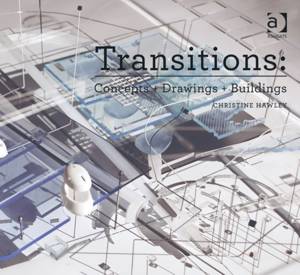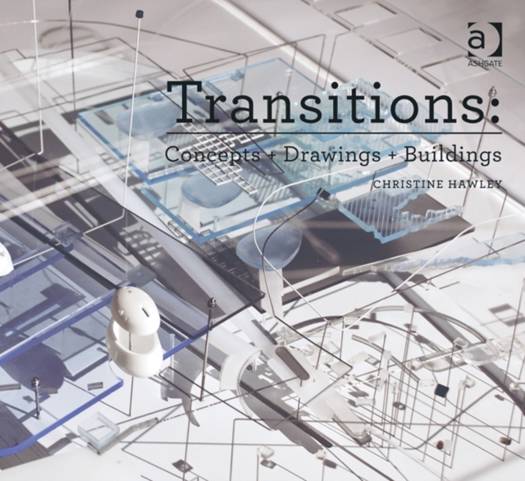
- Retrait gratuit dans votre magasin Club
- 7.000.000 titres dans notre catalogue
- Payer en toute sécurité
- Toujours un magasin près de chez vous
- Retrait gratuit dans votre magasin Club
- 7.000.0000 titres dans notre catalogue
- Payer en toute sécurité
- Toujours un magasin près de chez vous
Description
Most architectural books written by practising architects fall into two categories: theoretical texts, or monographs that describe and illustrate the author's projects. This book combines both, as it explores and illustrates the methodological journey required to translate a concept to a drawing and a drawing to a building. While the term 'methodological' might imply an Aristotelian logic, there is no attempt here to rationalise the process of conception, but instead an acknowledgement of an experimental approach that presupposes a subtle knowledge of the projects. It shows the architect's fascination with the 'opaque' and the 'not said' and illustrates how architecture works through agreement and contradiction (e.g. the built and the un-built, material and immaterial). Organised into three essays Urban Collage, Ground Surface, Shadows and Lines, the book examines how conceptual threads begin to compose a specific architectural design 'language' and how they interweave from one direction to another. Importantly, the projects that illustrate the text also demonstrate how imperative or marginal the original ideas become and, to an extent they demonstrate the design process: its successes, illogicality and failures. The essays also discuss the importance of iteration through time where ideas may occasionally be developed as a linear process, but more often emerge through a series of creative digressions. Although the essays and the projects have dominant themes, these should not be regarded as autonomous, as throughout the development of both drawings and buildings, ideas inevitably segue from one domain to another. Ideas have both fluidity and the ability to transform.
Spécifications
Parties prenantes
- Auteur(s) :
- Editeur:
Contenu
- Nombre de pages :
- 252
- Langue:
- Anglais
- Collection :
Caractéristiques
- EAN:
- 9781472409096
- Date de parution :
- 31-12-13
- Format:
- Livre broché
- Format numérique:
- Trade paperback (VS)
- Dimensions :
- 218 mm x 239 mm
- Poids :
- 793 g

Les avis
Nous publions uniquement les avis qui respectent les conditions requises. Consultez nos conditions pour les avis.






